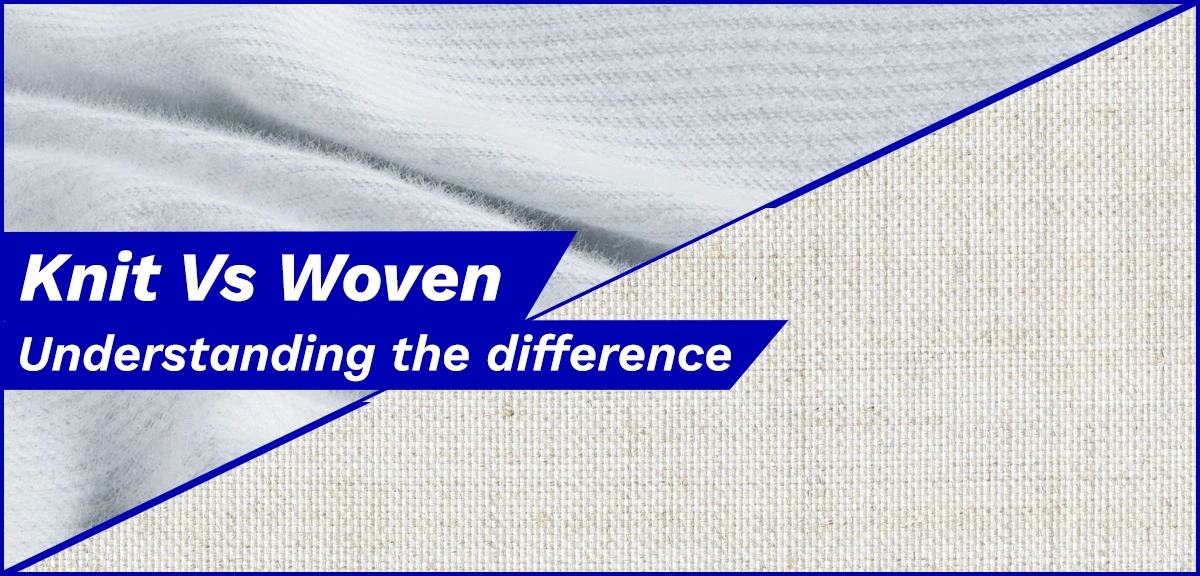Working with a textile garment manufacturing company can be a great way to bring your fashion designs to life. Whether you’re a fashion entrepreneur or a designer, a clothing manufacturer can help you produce your products on a large scale.
Knowing how to work with the company is as important as investing in the right company. If you want your designs to be loved by the audience, pay attention to your garment manufacturer. Considering these aspects and giving your best at each step will not only save you time but also money in revisions.
1. Creating a Tech Pack
The first and foremost step of producing your clothing collection is sketching the final products. A detailed version of this sketch that you provide to your garment manufacturer is called a tech pack.
The more comprehensive the tech pack is, the better. You must add every tiny detail to it that can impact your clothing. Some of the essential things to mention in a tech pack include:
Major requirements like Color scheme, fabric type, and patterns.
Fashion flat sketches – These sketches, usually made with CAD software, show how the final product will look from different angles. It includes graphical images taken from different views (front, back, bottom, top, etc.)
Bill of materials – It involves a costing sheet of all the raw materials that will be used in making the garment. Outside and inside the fabric, threads, laces, beads, labels, and packaging are some important things to cover in this bill.
Measurement specifications sheet – It includes measurement details involving the length and width of every garment aspect like shoulders, chest, collars, arms, cuffs, etc.
2. Selecting the Right Manufacturer
Finding a reliable garment manufacturer is essential to ensure your product’s quality. It directly decides if your design will top or fail. Look for factors like their license, certifications, experience, quality regulations, and buyer reviews. Also, you have to select the type of dress manufacturing company that suits best your brand type, budget, and preferences. Commonly, there are two types of garment manufacturing companies:

Full-Production Package (FPP) manufacturers
This is a full-service agency that handles everything from sourcing materials and quality control to cutting, sewing, packaging, and finishing.
Cut, Make, Trim (CMT) manufacturers
This is a cut-and-sew clothing manufacturing company. You will have to source all the materials for them and they will cut and sew your garments into neat, final products.
3. Knowing the Minimum Order Quantity (MOQ)
The minimum order quantity (MOQ) in garment manufacturing refers to the smallest quantity of garments that a manufacturer is willing to produce for a specific order. It varies with the companies, but typically MOQs range from 50 to 1000 pieces per style/color/size.
If you place an order without evaluating the MOQ, it may affect your budget. Imagine you go to a manufacturer and place an order of 100 t-shirts, but they demand a minimum of 200 items to start the process. You don’t have to produce extra pieces when you don’t need them. It will affect your budgeting. Thus, select companies whose MOQs comply with your needs.
4. Sample Production
The sample will help you determine whether this manufacturer is providing what you need. Assess the sample for quality, stitching, color combination, and the feel of it. It will also determine if the product looks as good as you imagined. You can make any changes at this step to improve your final dress.

Sample Order Terms
Extend sample order terms to let the manufacturer know what your sample should look like. It must involve;
- All the necessary product details like tech pack, list of materials, CAD files, size table, etc.
- Your budget
- Number and cost of revisions
- Rules and technical legislation
- Packaging and labeling requirements
- Refund terms
- Budget and payment
5. Price Quotation
Get a quote from the manufacturer and explain your budget. Refer to your bill of materials to see if the manufacturing company is charging low or high for its services. Compare the pricing with other suppliers.
Discuss other payment terms before finalizing the deal. It involves agreeing upon an upfront payment and the mode of payment transfer. You can also inspect whether they offer any insurance or not.
6. Discussing Timeframes
When producing garments, you don’t have infinite time. Therefore, you must let your manufacturer know about the timeframes of each phase. Tell the company a deadline for your work and sign a contract. If you want a quick turnaround, you might have to increase your budget.
7. Quality Control and Assurance
Quality control is crucial to ensure that your products meet your standards. Create a checklist of quality control standards that you want the manufacturer to follow. Inspect the first samples produced to ensure that they meet your requirements. Regularly check the production process to ensure that the quality standards are maintained throughout the manufacturing process.

Conclusion
The success of your fashion studio relies greatly on your textile garment manufacturing company. The right company can make your clothing line cross the borders. Make sure you consider some important factors and do not act in hurry during the manufacturing process. The quality of garments a manufacturer produce is of immense importance. We recommend sourcing from the world’s top garment manufacturing countries such as Pakistan. Pakistani clothing manufacturers provide low-cost rates and high quality. Contact Orient Apparel in Pakistan and see your clothing line make history!





